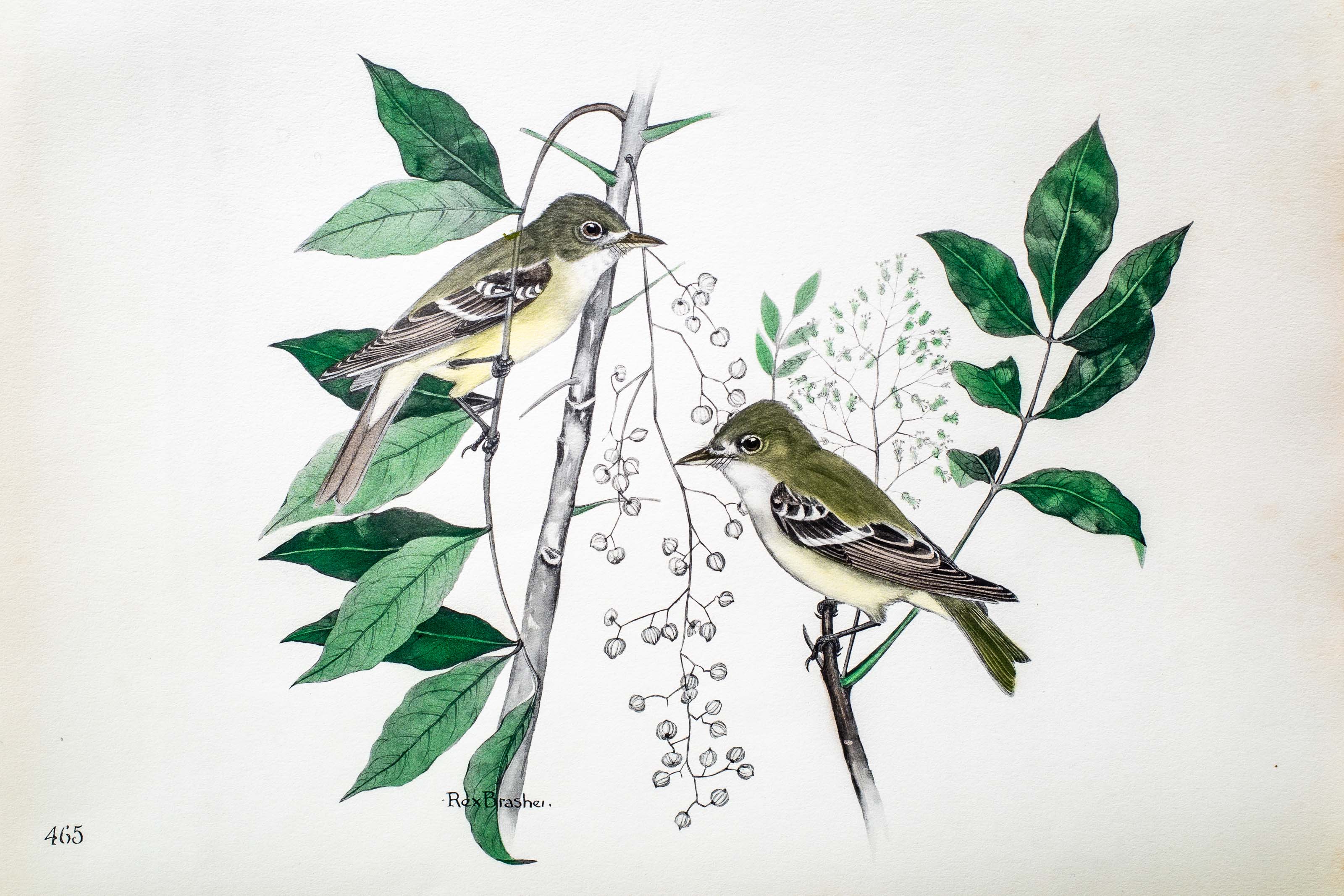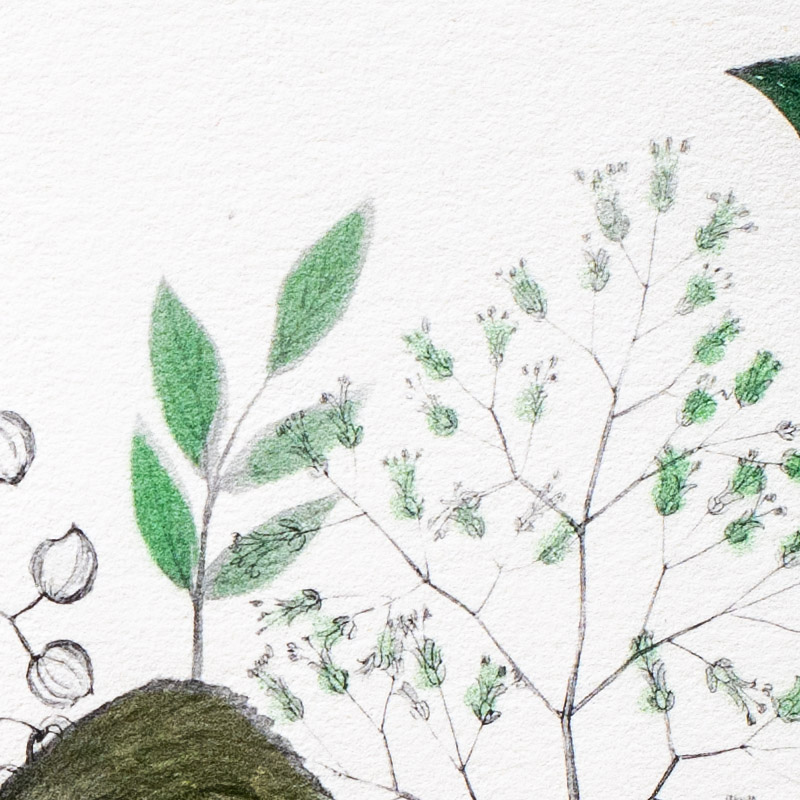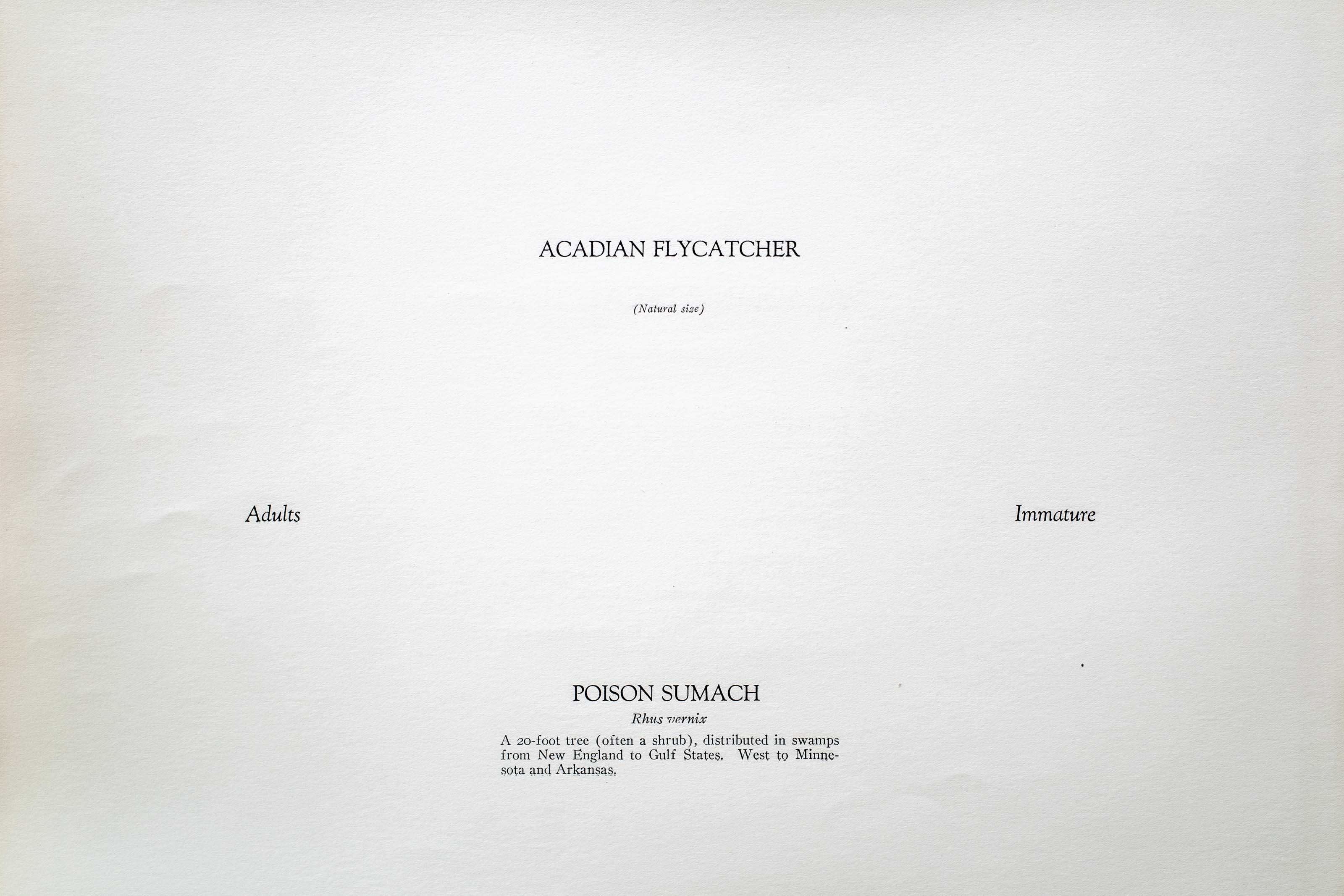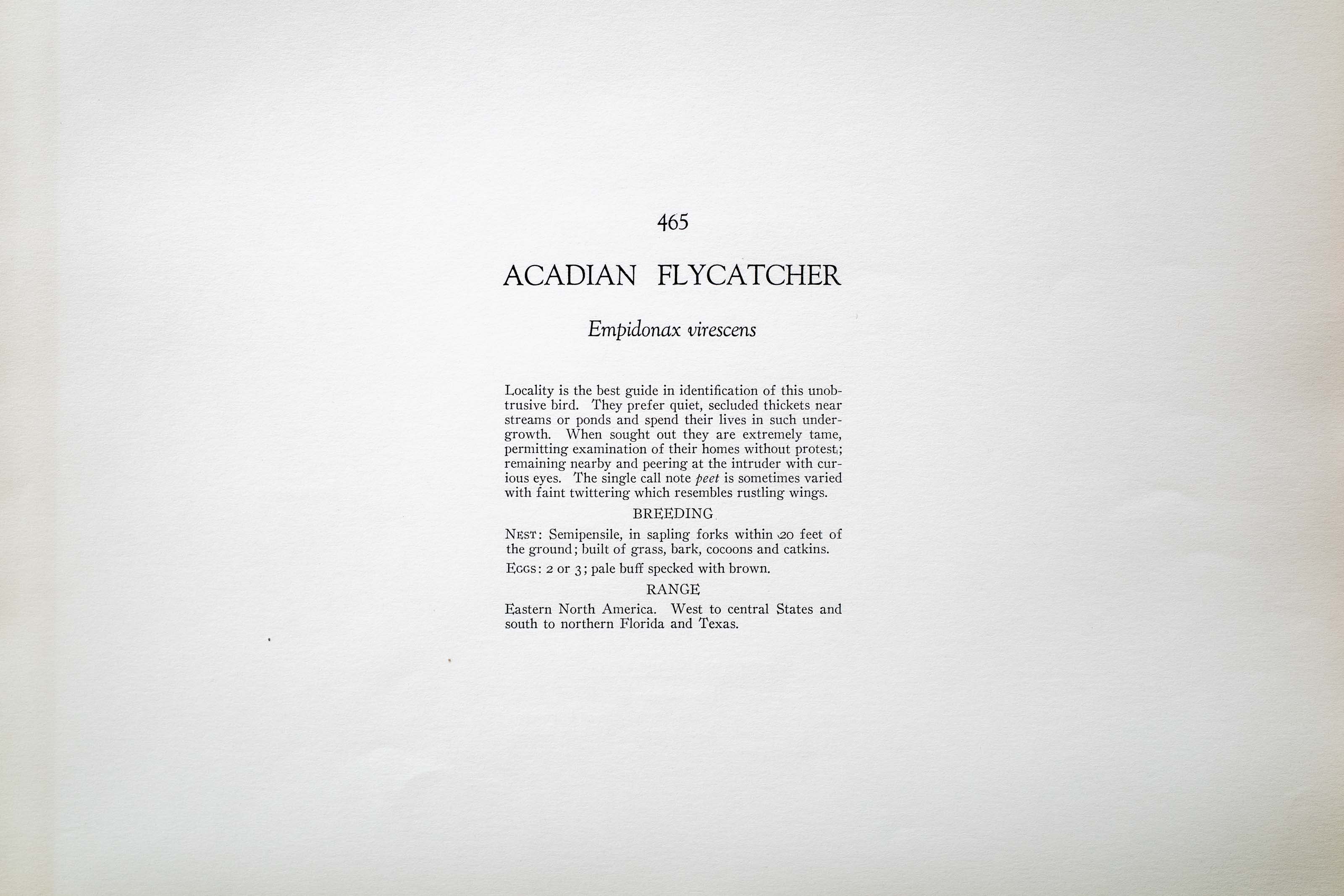






Unknown
1931
7
465
A team of dedicated board members, volunteers, and student interns has published every page in Volume 9. This volume includes 360 images of paintings and lyrical descriptions of birds, now available online for everyone to enjoy anywhere in the world. This is a monumental task. Each volume requires approximately 400 hours to photograph, edit, transcribe, catalog, and publish online. We need your support to complete this work.
If you're tech-savvy, have a good eye, are meticulous with details, and love structured data, please consider volunteering by emailing us at hello@rexbrasher.org.
We encourage all bird lovers and supporters to consider a monetary donation to support our mission to make Rex's work available for everyone. You can provide a one-time or recurring donation online.
Locality is the best guide in identification of this unobtrusive bird. They prefer quiet, secluded thickets near streams or ponds and spend their lives in such undergrowth. When sought out they are extremely tame, permitting examination of their homes without protest; remaining nearby and peering at the intruder with curious eyes. The single call note peet is sometimes varied with faint twittering which resembles rustling wings.
NEST: Semipensile, in sapling forks within 20 feet of the ground; built of grass, bark, cocoons and catkins.
EGGS: 2 or 3; pale buff specked with brown.
Eastern North America. West to central States and south to northern Florida and Texas.
A 20-foot tree (often a shrub), distributed in swamps from New England to Gulf States, West to Minnesota and Arkansas.